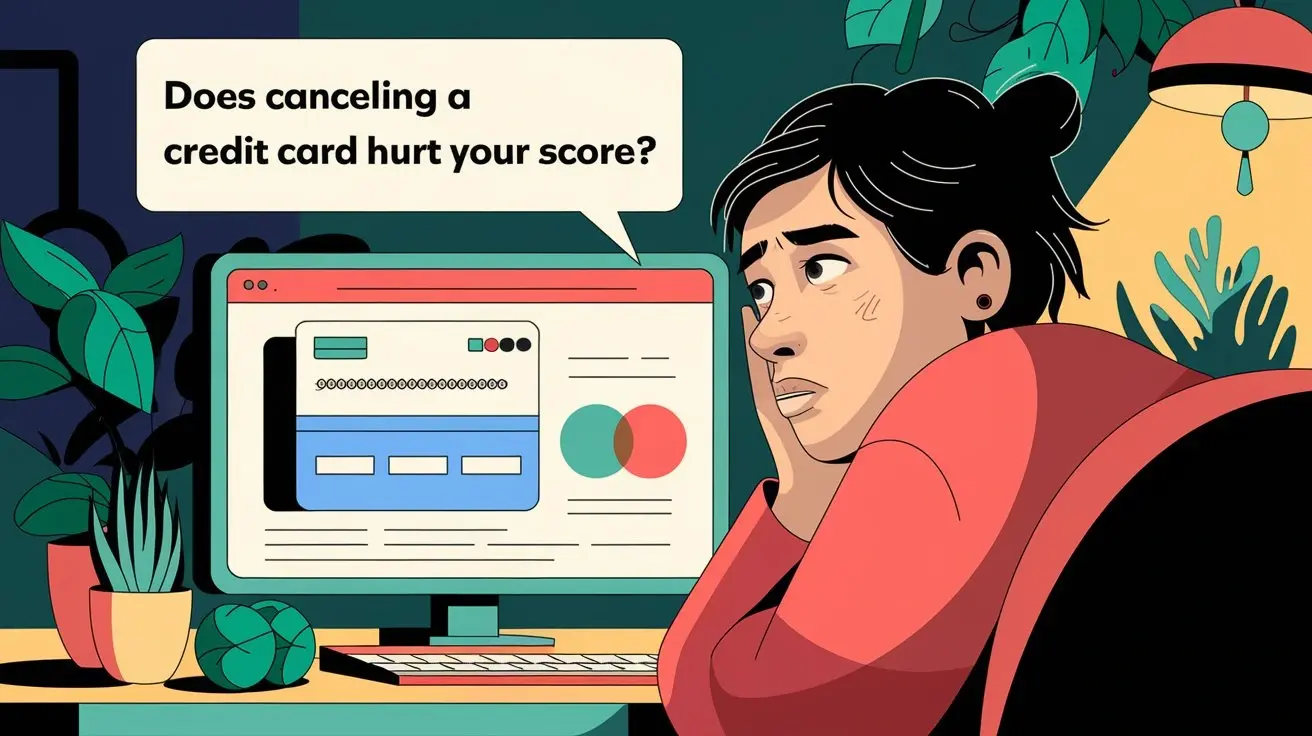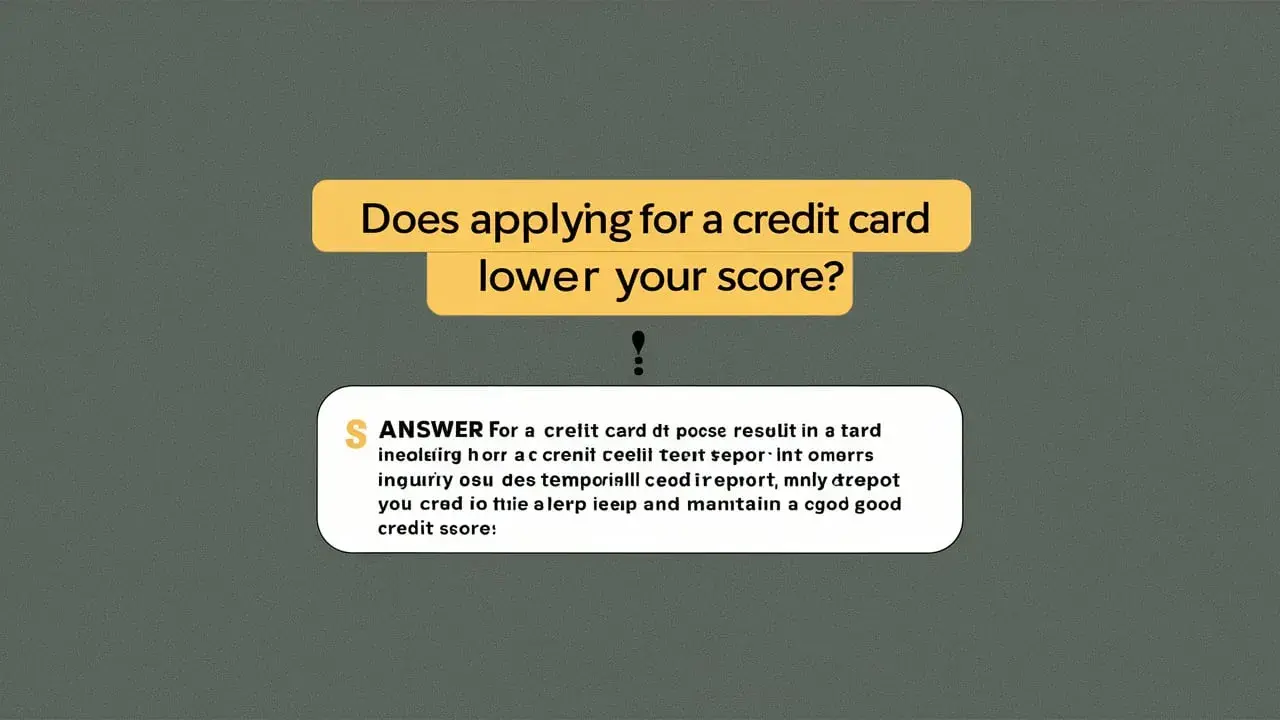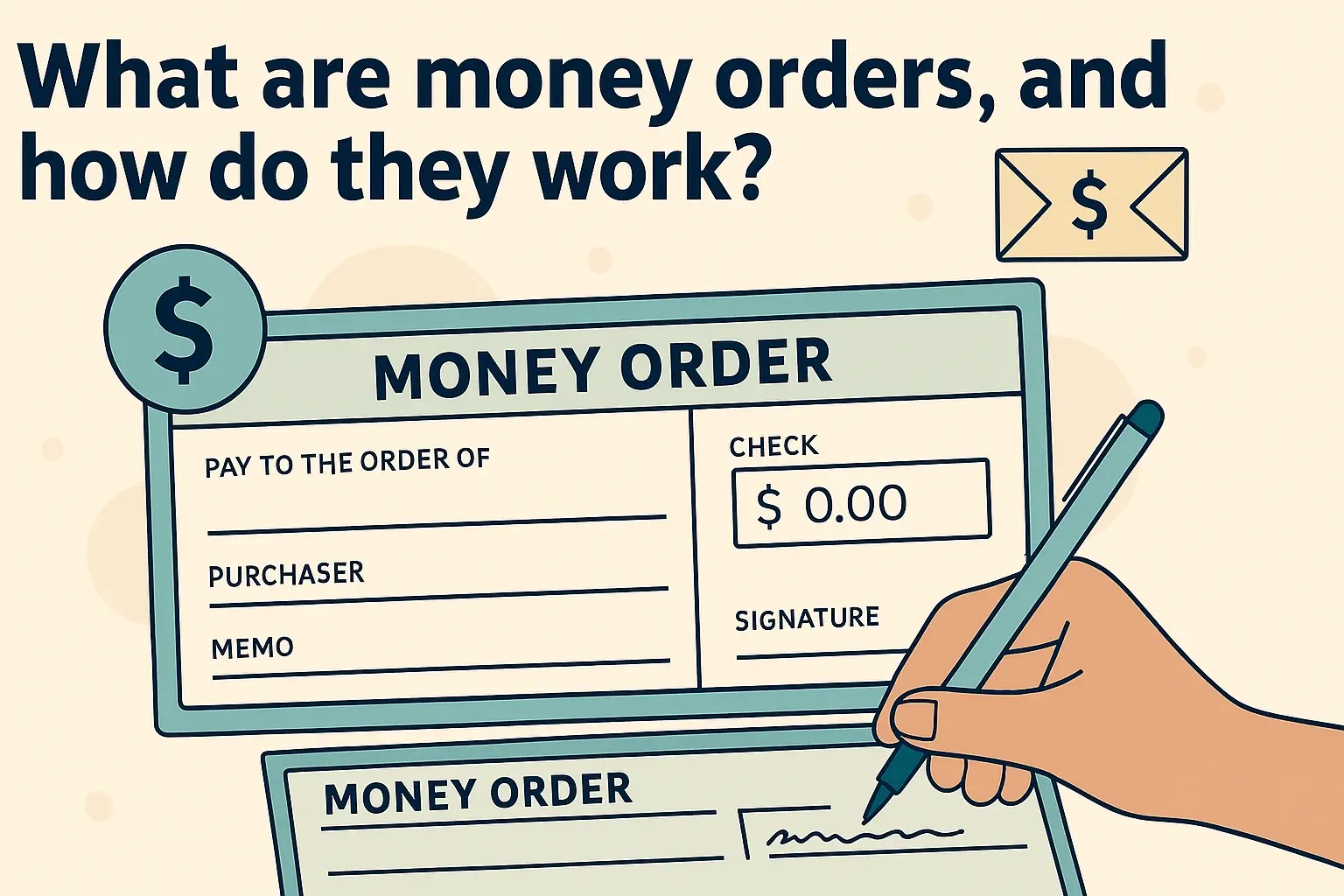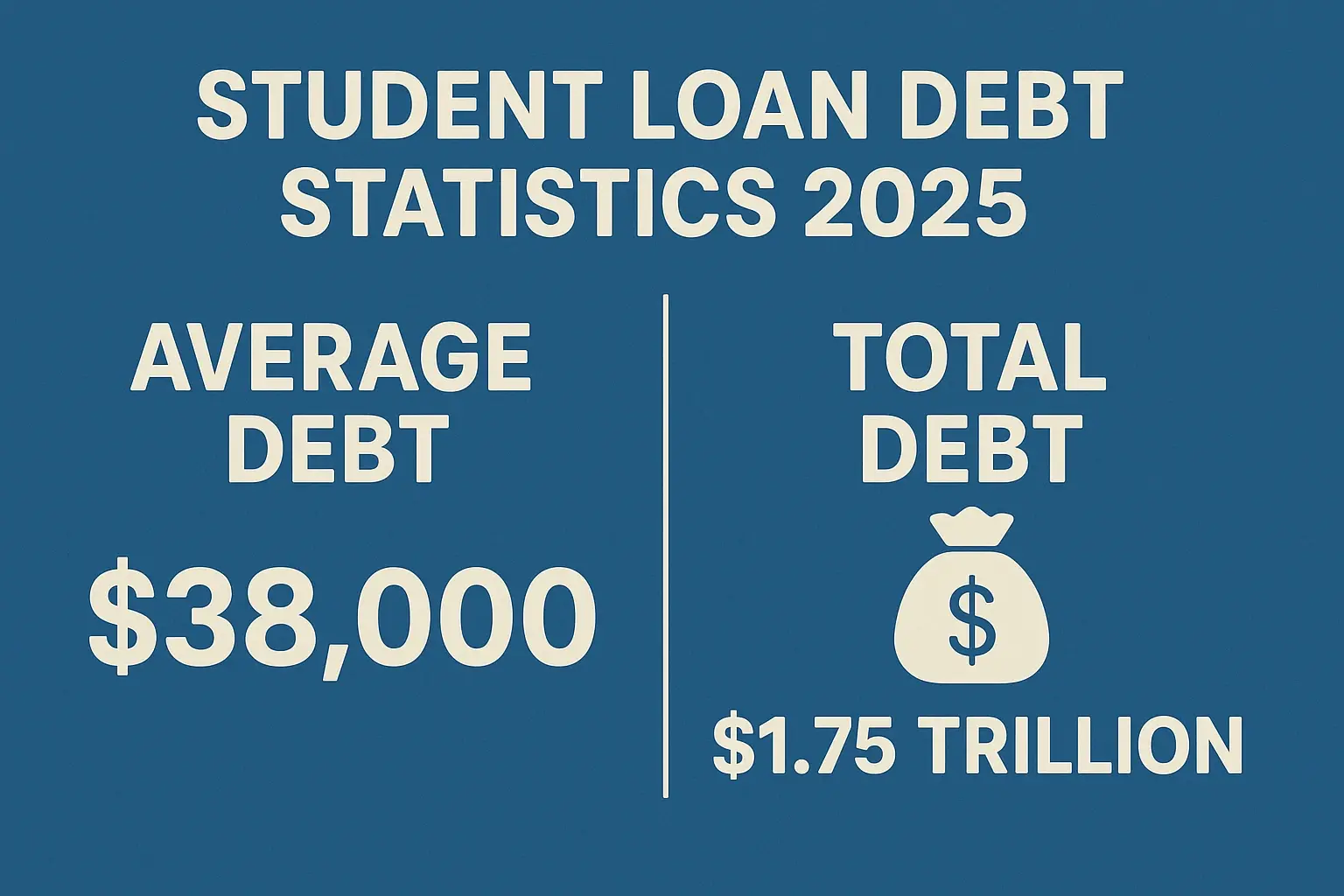-
Posted on: 31 Jul 2024
-
If you are seeking a new credit card, there are several factors you would want to look at and one of them is the credit limit which is the maximum amount of money that you can spend on the card. Credit limits depend on the issuer and the type of card, as well as your credit history and income. Well, what defines an average credit card limit? Perhaps, it is about time to clarify the picture.
Assessing Your Needs First, sit down and think about what credit limit would be enough for the spending and the goal you have in mind when applying for a card. Elements such as the type of credit, your employment status, and your repayment capability will determine the right limit of credit for you. For example, if you are a business person who often has to make extensive business expenses on the trip and later get reimbursed, then you may need a higher limit. However, if you will be making a few transactions or are in the process of finding ways to manage your expenses, then a lower limit is more desirable. This allows one to set the expectations before applying and thus it becomes easy to identify the right card to apply for.
National Averages and Ranges The national average credit card limit varies depending on several factors but generally ranges from $3,700 to $8,300 for the standard credit cards from the major issuers. That figure is based on a study done by Experian in 2019, comparing limits across 4,994,896 cardholders with credit scores ranging from deep subprime to super-prime. The average limit increased with credit quality – it ranged from $2408 for deep subprime consumers to $10236 for super prime consumers with a base FICO score of 781 or higher. This shows how closely creditworthiness is connected to the amount of credit limits lenders will grant you.
The Consumer Financial Protection Bureau came up with a similar study in 2017 and realized that the average was between $3,500 and $4,000. But first, it is important to note that average limits in general are not equal in relative terms and encompass a vast range in total. For instance, while some issuers offer simple cards to consumers who are seeking to rebuild their credit and come with limits of between $300 and $500, other premium travel rewards credit cards serve high-end clientele with limits ranging up to five figures.
The Maximum Amount of Credit You Should Seek Instead of focusing on the fact that the average American is approved for such an amount, it is better to focus on selecting the right amount according to the creditworthiness. Consider factors like:
- Income - Enter your current income, and the combined family income if you have a life partner. You may be able to afford a higher limit if you believe you can meet the minimum spending amount required on the given income.
- Fixed costs and liabilities – Consider any other running costs or obligations that one has like house rent or mortgage, car loans, tuition fees, and other bills among others. Ensuring you have enough money to pay the minimum on credit accounts is very important.
- Credit score – This is not the only criterion, but issuers consider it to get an idea of how responsible you have been with previous debts and payments. It remains for prime and superprime borrowers to get the highest credit limits.
- Intended usage – It is more important to know how much you are going to charge per month on average rather than the limit. Why waste monthly and annual fees for an ultra-premier card with a $15,000+ limit when you only charge $1,000 or less per month? Instead, try to base your decision on your actual habits of spending.
Just remember that you can also contact your issuer after several months of use and ask for a higher credit limit. This is because the creditworthiness you develop by maintaining low balances and paying your bills on time will enable you to get progressively higher credit limits as time goes on.
What Aspects Decide Your Precise Limit? Even if the above averages provide a general idea of the credit limit that you might be eligible for, the actual credit limit that any particular issuer decides to grant you depends on their underwriting guidelines and standards. Upon applying, the bank or fintech lender will evaluate various facets of your financial profile, including Upon applying, the bank or fintech lender will evaluate various facets of your financial profile, including:
- Credit reports and scores that show past use and timely repayments
- Debt-to-income ratio
- Proof of income and housing payment through pay stubs, tax returns, etc.
- Any existing relationship and account history maintained with the same institution
- It provides the name of the specific credit card and the associated rewards program for which the applicant is applying.
For instance, the Bank of America Customized Cash Rewards card’s average credit limit for new cardholders is $4,100, as per WalletHub’s research. However, the approval ceiling of any single applicant is limited by the specific application profile of the candidate keeping in mind the above characteristics.
The type of card you get also matters since high-end travel and premium reward cards usually come with higher initial credit limits. Credit unions and community banks also have lower starting limits even if new applicants pass the credit qualifying requirements.
A discussion of the advantages and disadvantages of higher limits. In general, avoid getting approved for a limit that is too high and way beyond your spending capacity or your ability to repay monthly. But does this mean that there can be a credit limit too high thus affecting your credit score? Not necessarily – as long as the credit limits are not high all the time, higher limits can be advantageous rather than disadvantageous, especially when you keep your revolving balances low. Benefits may include:
- The total amount of credit available is higher yet used in the same proportion as before thus improving your credit utilization ratio.
- Extra convenience to make large essential purchases on the card for a fee when it becomes necessary
- A lower credit ceiling is not going to ensure that you will be unable to make certain large transactions you have to carry out.
However, wildly high limits stretch beyond what you can reasonably repay and carry greater risks, like However, wildly high limits stretch beyond what you can reasonably repay carry greater risks, like:
- Perhaps risking over-employment with balances that one cannot afford to pay monthly.
- Promoting wasteful over-expenditure beyond what is affordable for one’s needs
- Going over the line and getting to the maximum credit limit – is another negative scoring factor.
Be realistic while setting the charging power level it needs every month while bargaining for credit. As much as you may be eligible for a higher cap, it does not mean that one should go to the extent of charging to the fullest.
Take the first step toward financial freedom—contact (888) 803-7889 today!










